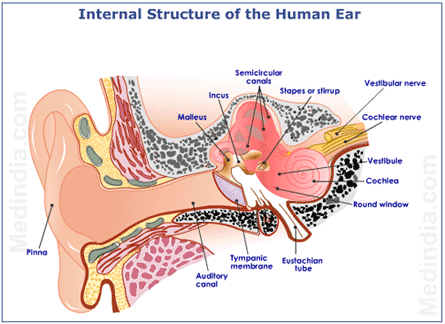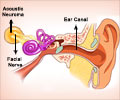SALT LAKE CITY, March 28, 2011 – University of Utah scientists used invisible infrared light to make rat heart cells contract and toadfish inner-ear cells send signals to the brain.

The studies – funded by the National Institutes of Health – also raise the possibility of developing cardiac pacemakers that use optical signals rather than electrical signals to stimulate heart cells. But Rabbitt says that because electronic pacemakers work well, "I don't see a market for an optical pacemaker at the present time."
The scientific significance of the studies is the discovery that optical signals – short pulses of an invisible wavelength of infrared laser light delivered via a thin, glass optical fiber – can activate heart cells and inner-ear cells related to balance and hearing.
In addition, the research showed infrared activates the heart cells, called cardiomyocytes, by triggering the movement of calcium ions in and out of mitochondria, the organelles or components within cells that convert sugar into usable energy. The same process appears to occur when infrared light stimulates inner-ear cells.
Source-Eurekalert












